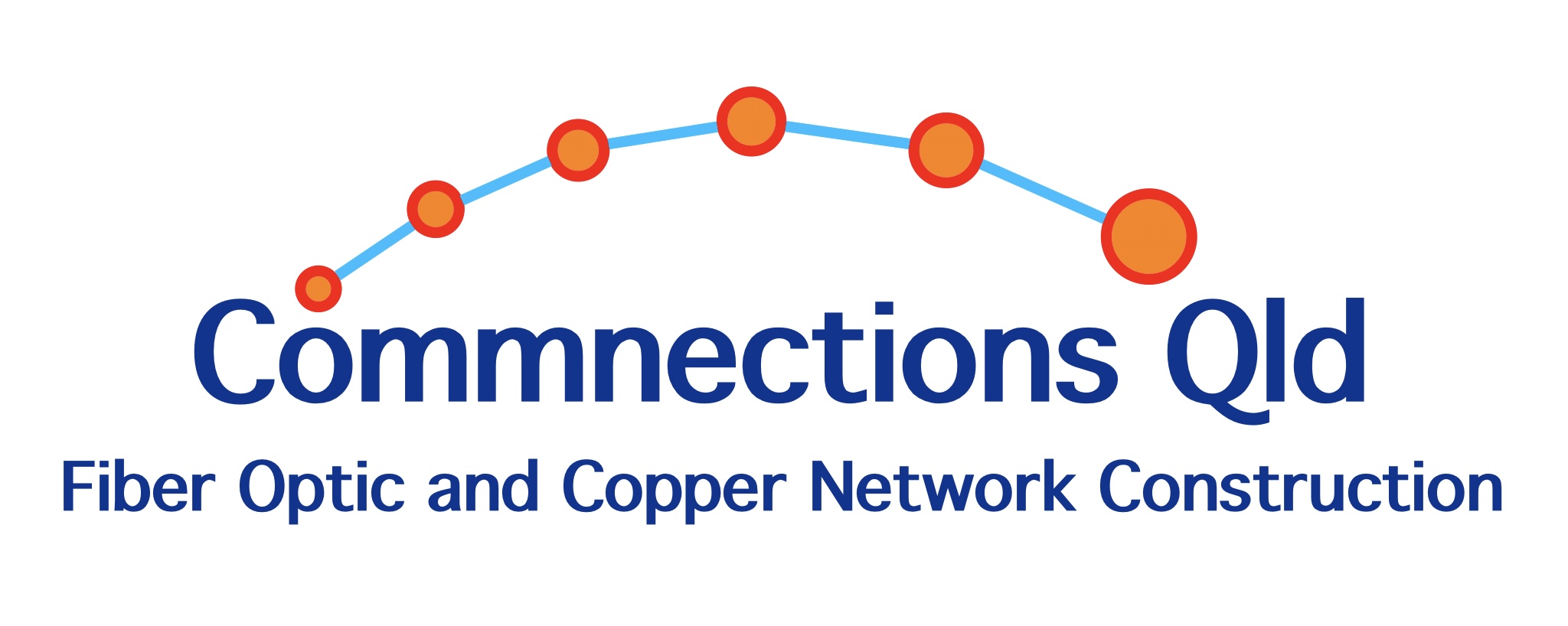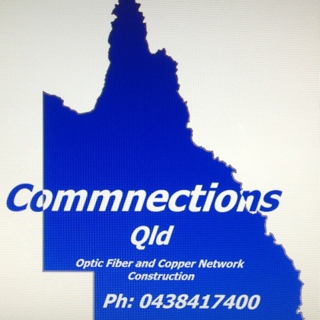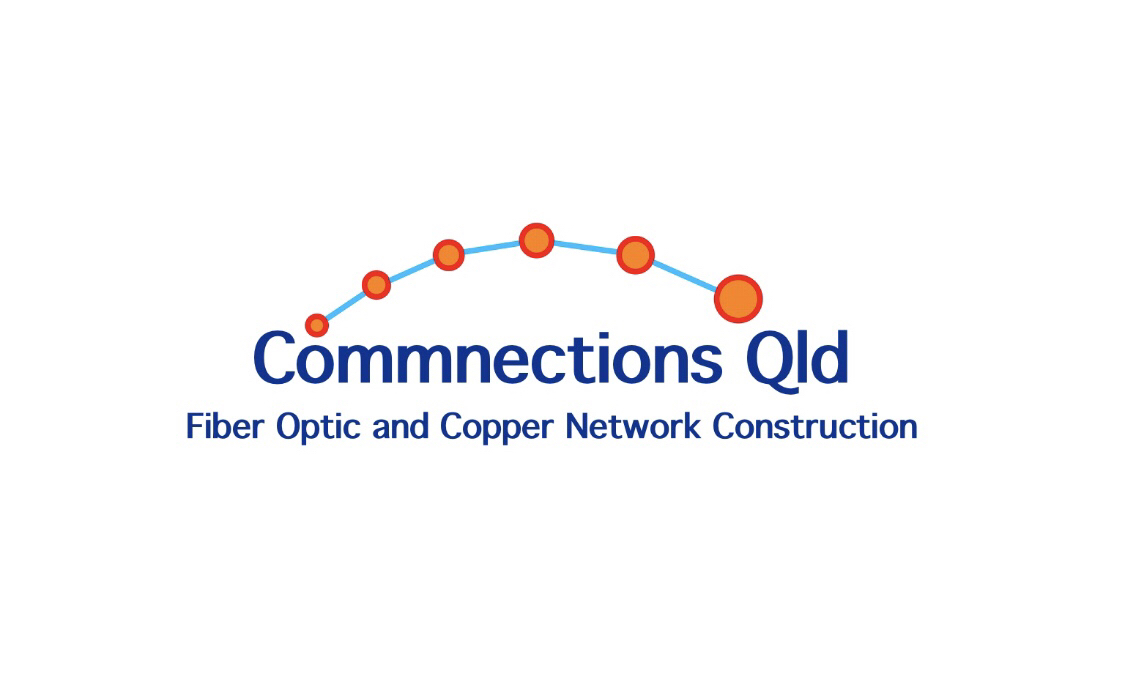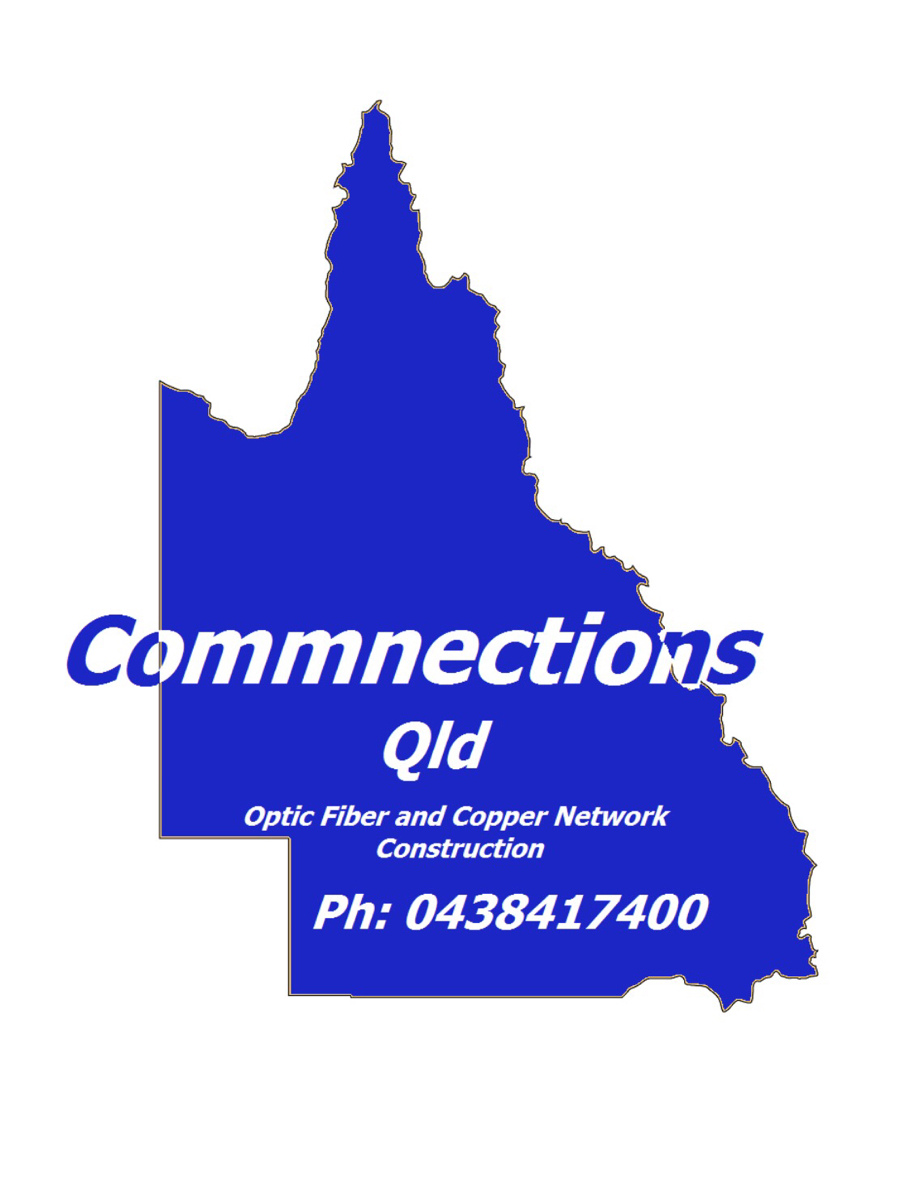Title Page
-
Date and Time
-
SSM Project
-
Contracting Company
-
Job Location
-
Emergency Evacuation Point
-
Closest Medical Facility
-
SWMS Ref No
-
Please ‘select’ all SWMS Tasks applicable to the work activites being conducted
- 1
- 2
- 3
- 4
- 5
- 6
- 7
- 8
- 9
- 10
- 11
- 12
- 13
- 14
- 15
- 16
- 17
- 18
- 19
- 20
- 21
- 22
- 23
- 24
- 25
- 26
- 27
- 28
- 29
- 30
- 31
- 32
- 33
- 34
- 35
-
Prepared by
-
If the work activity or conditions change must review the hazards and controls
IS THE RISK APPLICABLE TO THE WORK TO BE CONDUCTED?
-
(If “Yes” must have controls in place & recorded below prior to commencement of any work)
-
All members of the work crew been inducted into the SWMS
-
Asbestos Containing Materials
-
must be licensed to remove or disturb ACM
-
Fire, explosive, ignition, spark (hot work) sources
-
Excessive noise
-
Hazardous Chemicals (substances and/or dangerous goods)
-
Poor lighting conditions (dusk, night work, within building)
-
Adverse weather conditions - (heat, cold, rain, natural disasters)
-
Geographically remote location
-
Working in isolation
-
Slips, trips, falls
-
Exposure to laser / UV / direct sunlight
-
Presence of potentially dangerous animals (dogs, snakes, insects)
-
Biological hazards (syringes, unhygienic work environment)
Does the work impact Vehicle Traffic and/or Pedestrians?
-
Impact (incl. where a work vehicle/mobile plant may be placed or in use) to restricted/no-standing zone, parking clearway, bus stop, tramway, hospital, school, childcare centre, shopping centre, etc
-
Contact Field Supervisor
Engage Traffic Management Provider -
Contact Field Supervisor Engage Traffic Management Provider
-
Contact Field Supervisor
Engage Traffic Management Provider -
Will parking of a vehicle reduce the available road width to less than 6m for two-way traffic or 3m for one-way traffic? Contact Field Supervisor Engage Traffic Management Provider
-
Contact Field Supervisor
Inform occupants at the property -
Will the worksite impact a driveway or access to a property? Contact Field Supervisor Inform occupants at the property?
-
Refer to TGS Card selection flowchart
-
Will the worksite clearance to vehicle traffic be less than 1.2m? Refer to TGS Card selection flowchart?
-
Posted Speed Limit:
-
Refer to TGS Card selection flowchart
-
Will the worksite vehicle traffic be greater than 60kph? Posted Speed Limit: Refer to TGS Card selection flowchart?
-
Refer to TGS Card selection flowchart
-
Will the vehicle traffic volume be greater than 40 vehicle per hour? Refer to TGS Card selection flowchart?
-
Refer to TGS Card selection flowchart
-
Will approaching vehicle traffic have at least 100m of clear line of site to the worksite? Refer to TGS Card selection flowchart
-
Refer to TGS Card selection flowchart
-
Will the clearance for pedestrian traffic be less than 1.2m wide? Refer to Pedestrian selection flowchart
-
Refer to TGS Card selection flowchart
-
Will pedestrians be required to use the other side of the road? Refer to Pedestrian selection flowchart
-
Refer to TGS Card selection flowchart
-
Selected TGS Card or Traffic Management Provider engaged?
-
TGS Card No:
-
Traffic Management Provider engaged
Does the work involve accessing / working in/on pits or manholes?
-
Confined space (Telstra Special Work Location SWL)
-
Confined space (Telstra Temporary Hazard Location THL) Do Not access. Contact SSM Supervisor
-
Do Not access. Contact SSM Supervisor
-
Contaminants (sediment, water, gas detection)
-
Unsafe access (ladder condition etc)
-
Remediation of pits, manholes, ducts
Does the work involve working at height (pole / aerial work, accessing roof)?
-
Risk of fall greater than 2m (consider inspection of PPE/Equipment)
-
Work involving use of an EWP
-
Work at height (for pole work – check Asset Owner Accreditation)
-
Work at height (roof access – check with Field Supervisor)
-
Contact Field Supervisor
-
Electrical hazards (roof space, overhead, NO-GO/Exclusion Zones)
-
Work being undertaken above (Exclusion Zone, falling objects)
Does the work require access to roof / ceiling or underfloor space?
-
Fragile structure/surface/manhole/suspended ceiling
-
High temperature inside roof / ceiling space
-
Electrical hazards
-
isolate energy sources
-
Restricted space
-
Poor ventilation
-
Recently sprayed chemicals (insecticides / pesticides)
Does the work involve excavation, trenching, horizontal boring?
-
Use of plant / equipment (excavator, directional drill, grundomat etc)
-
Underground assets / services (gas, electricity, telecommunication, water, stormwater, sewerage, other)
-
Using pressurised (water, air) equipment
-
must complete Authority to Work – Underground Asset Location
CCD-C-FRM-2276 -
Working in tunnels
Does the work involve drilling into building materials cavities?
-
Services inside building walls / cavities (gas, electricity, water, other)
-
must confirm location of services using wall scanner, camera
-
Electrical hazards
-
isolate energy sources
Does the work involve any manual handling hazards?
-
Extensive bending / twisting
-
Sustained or awkward postures over a long duration
-
Lifting, lowering or sudden forces
-
Whole body or hand & arm vibration (jackhammer etc)
-
Pushing or pulling
Does the work involve any environmental hazards?
-
Spills or contaminated soil or water (hazardous materials)
-
Stormwater or sediment controls / bunding
-
Dewatering
-
Air quality or dust emissions
-
Disturbance to flora or fauna
-
Noise or vibrations
-
Cultural heritage & archaeology, native title
-
Waste generation, management and disposal (incl. materials, water)
-
Spreading of weeds and pests
-
Use of pesticides / insecticides
-
Fire or bushfire prevention
-
Other
-
List any additional identified hazards and controls (If any hazards identified are not listed on the SWMS or HSEMP, must contact SSM Supervisor
Required safety equipment
-
PPE (Overalls, Safety Boots, Hearing Protection, Safety Glasses, Long Sleeve Hi-Vis Shirt, Work Gloves, P1 or P2 Rated Dust Mask)
-
Electrical Equipment (tested & tagged)
-
Fall Prevention PPE/Equipment (ladder, harness, ropes, lanyard in good condition, within expiry date)
-
Fire Extinguisher (checked within last 6 months)
-
First Aid Kit (checked within last 6 months)
-
Plant/equipment (Authorisation Certificate, pre-start check completed, good condition)
-
REMEMBER
• Any member of the work party has the authority to stop work if unsafe. Work must not recommence until all persons are satisfied the worksite is safe.
• If the workplace hazards cannot be effectively eliminated or minimised so the work can be performed safely, the work activity must not start until additional controls are implemented.
• If in doubt, please contact SSM Supervisor prior to starting work.
All members of the work crew have reviewed this JSEA and understand their role in the safe completion of the work
Prior to signing all workers must be aware of the risks involved in performing the task and the control measures in place; have been consulted in the identification of worksite hazards; and are satisfied that all foreseeable risks have been controlled and documented.
ALL visitors are to be inducted to this JSEA and sign off as acknowledgement of their understanding of site hazards and controls -
Tap on '+' below to add new Sign Off
Sign Off
-
Name, Signature and Date
-
Role
-
Service Stream ID #














